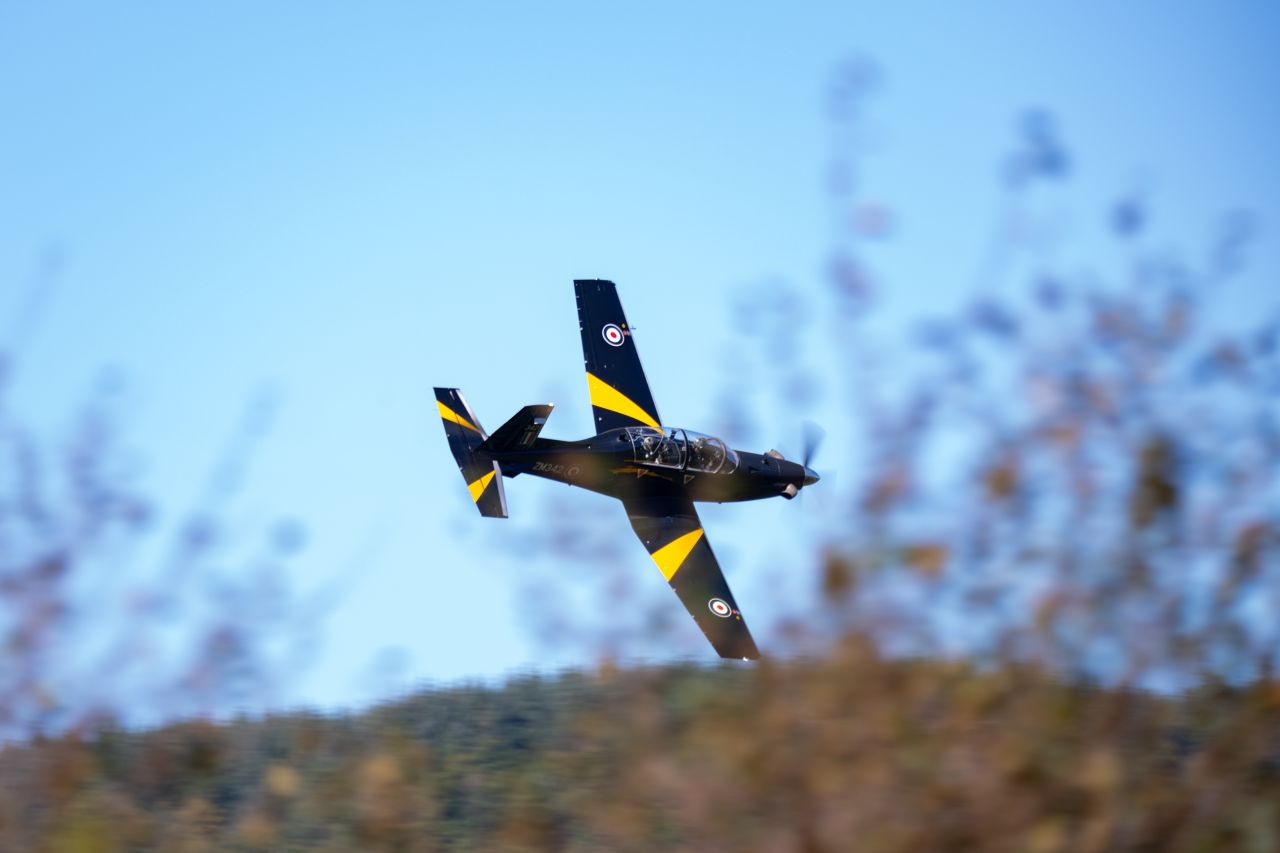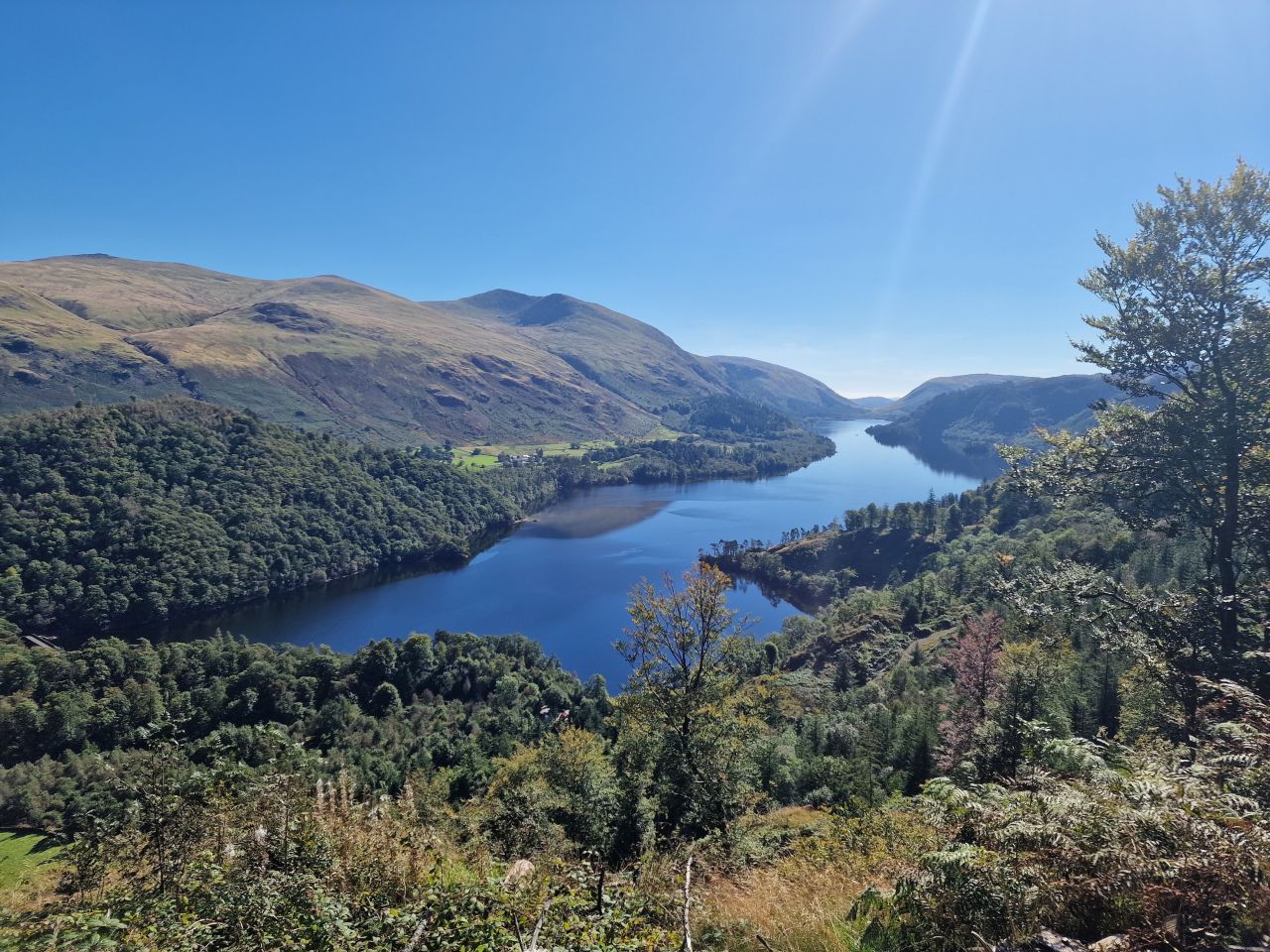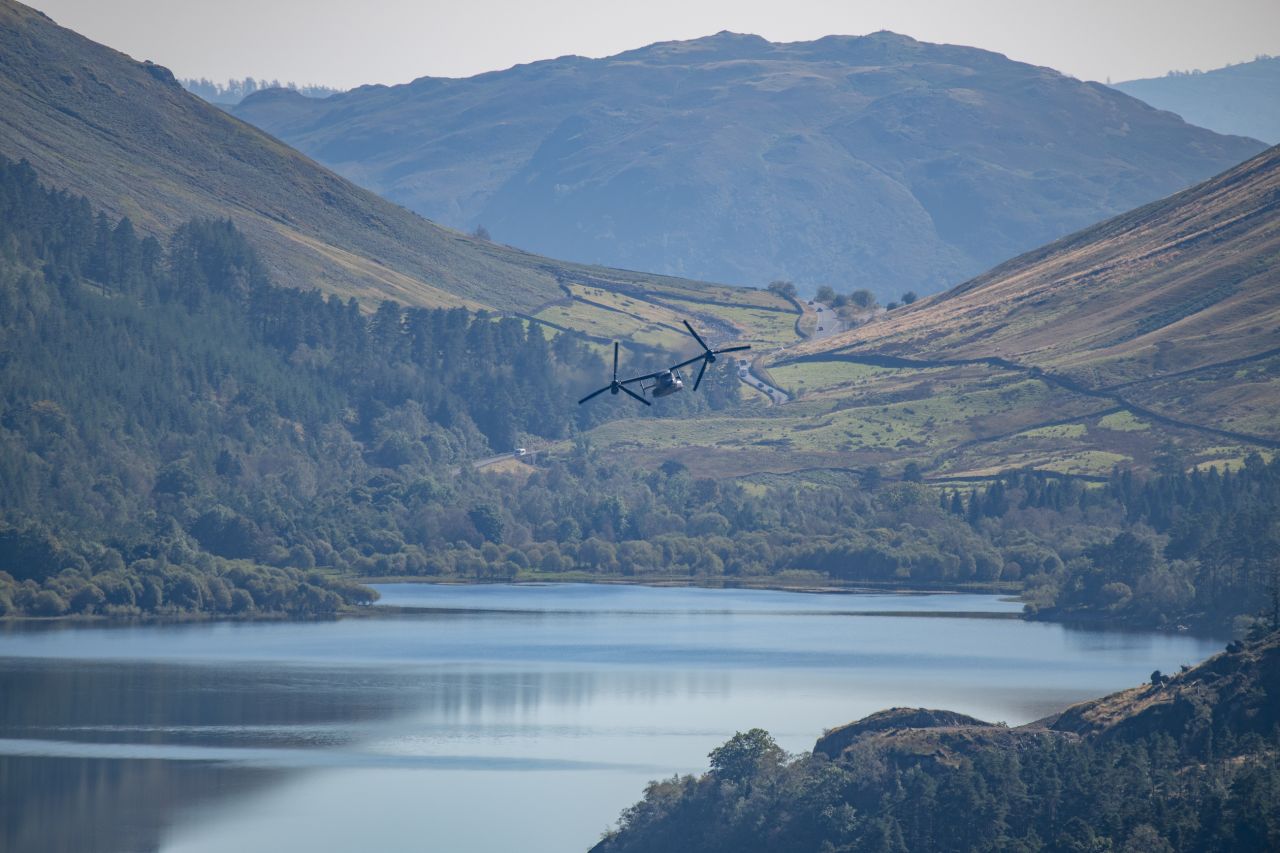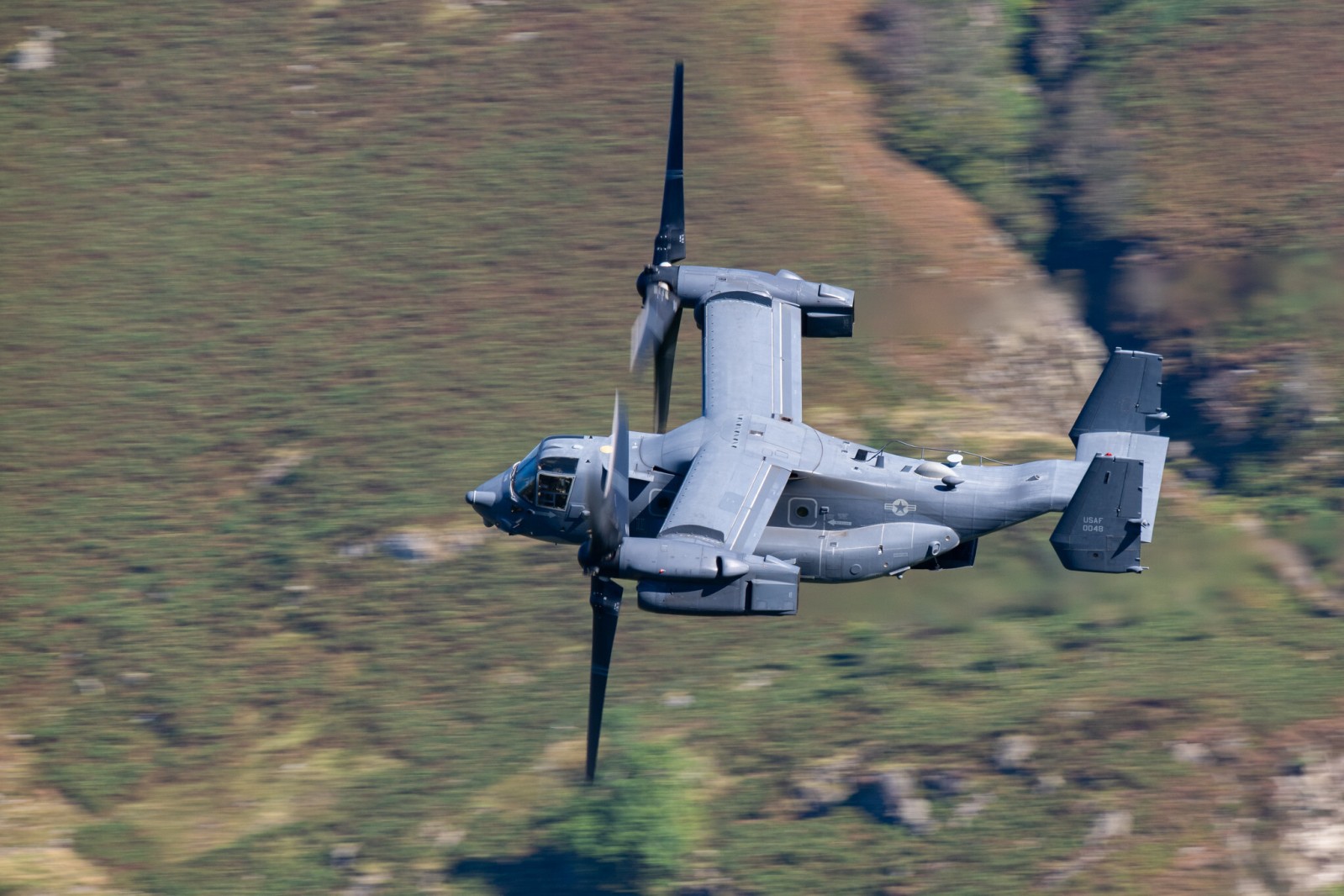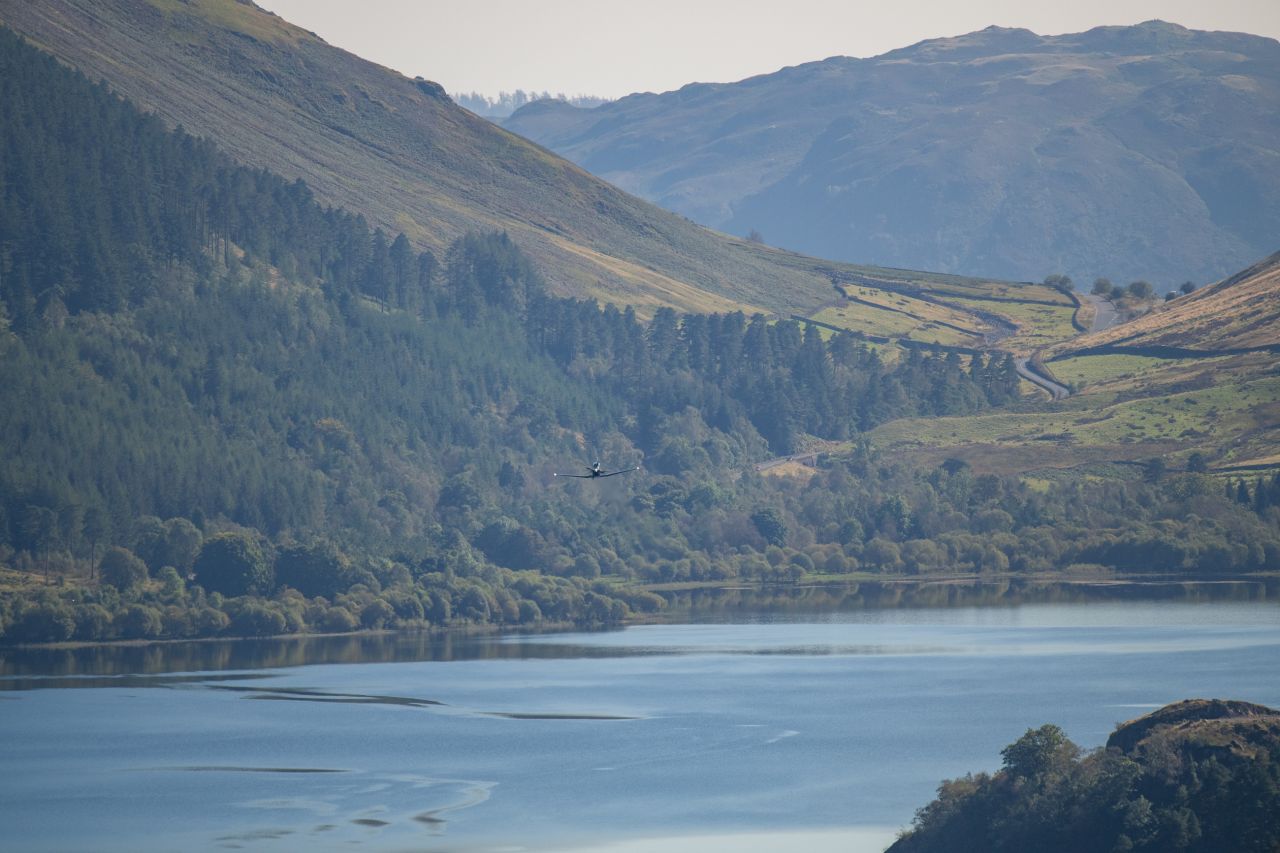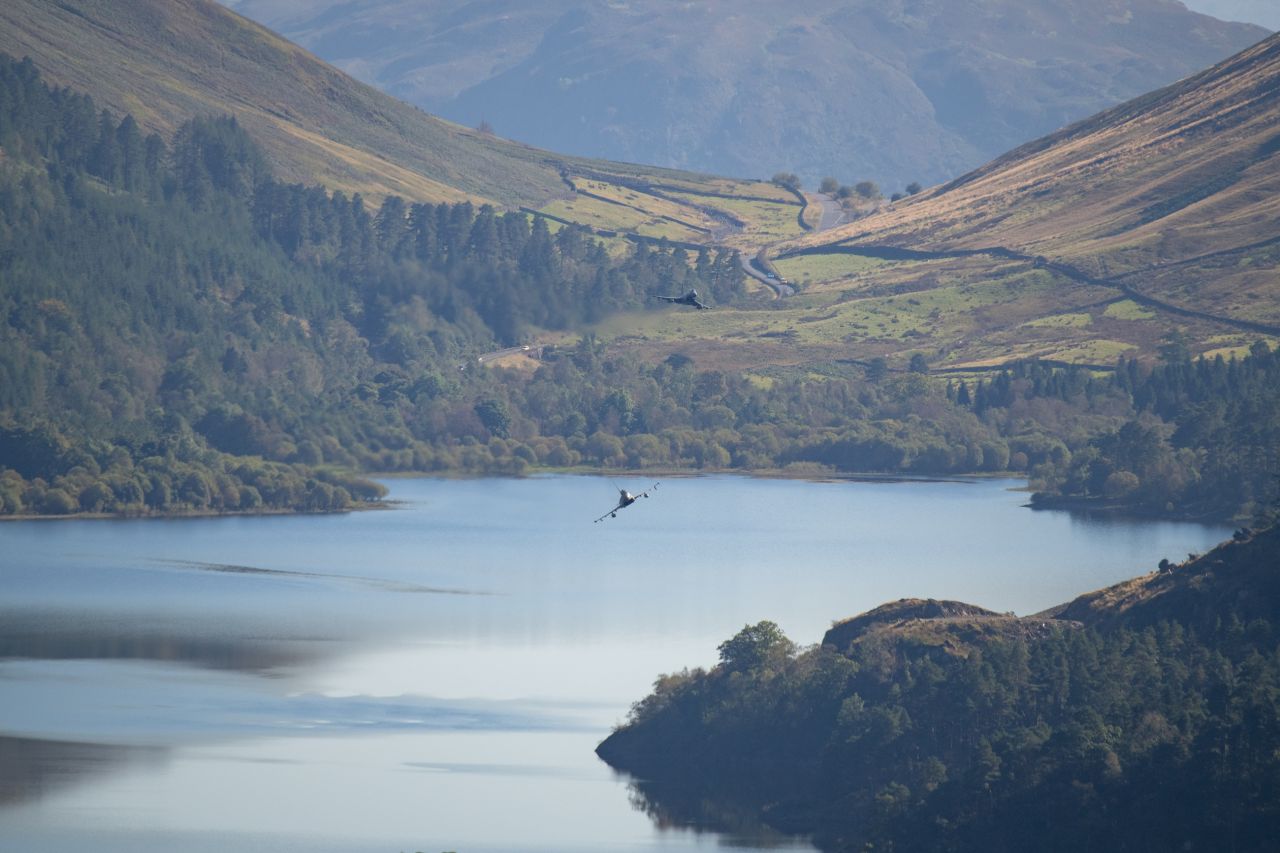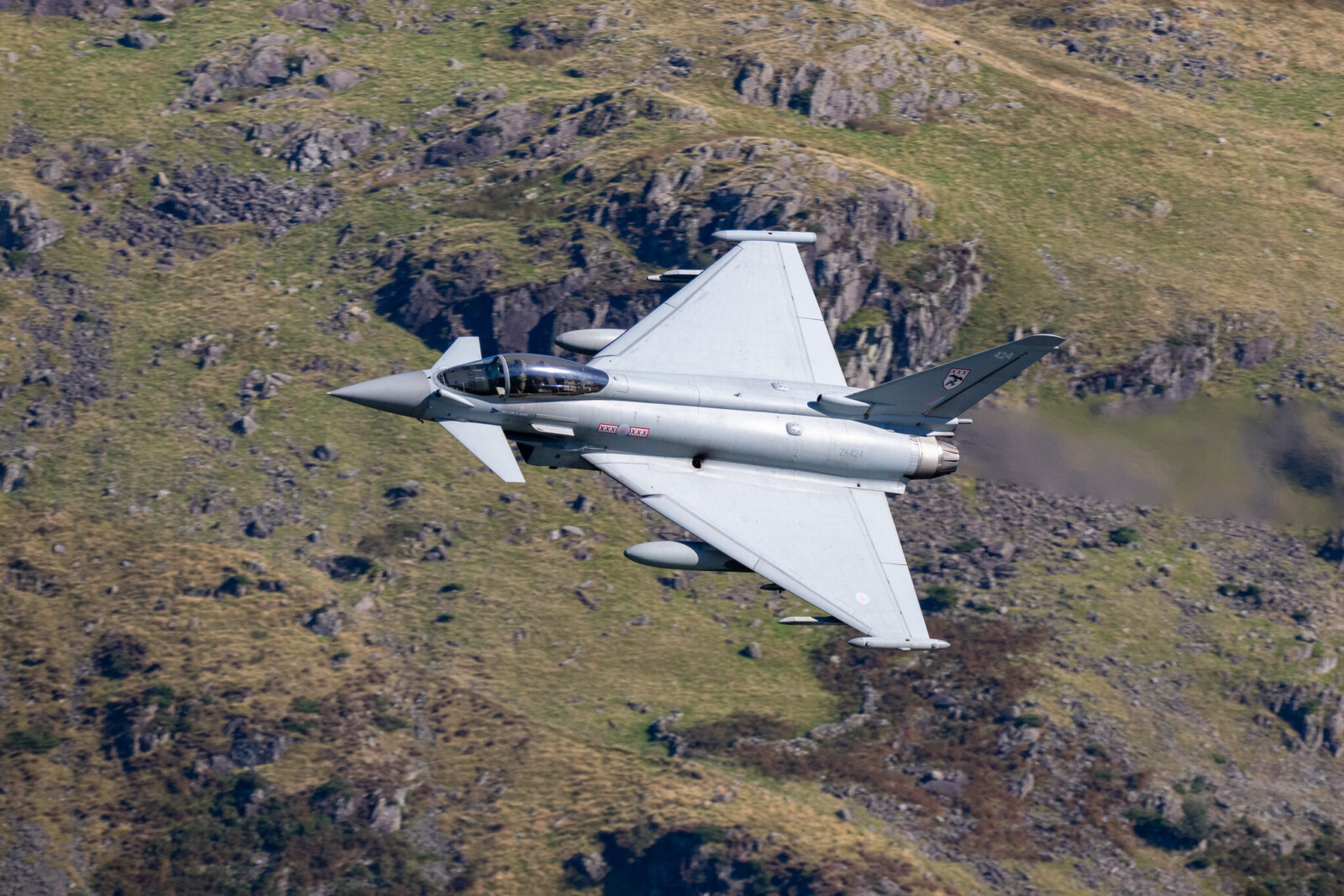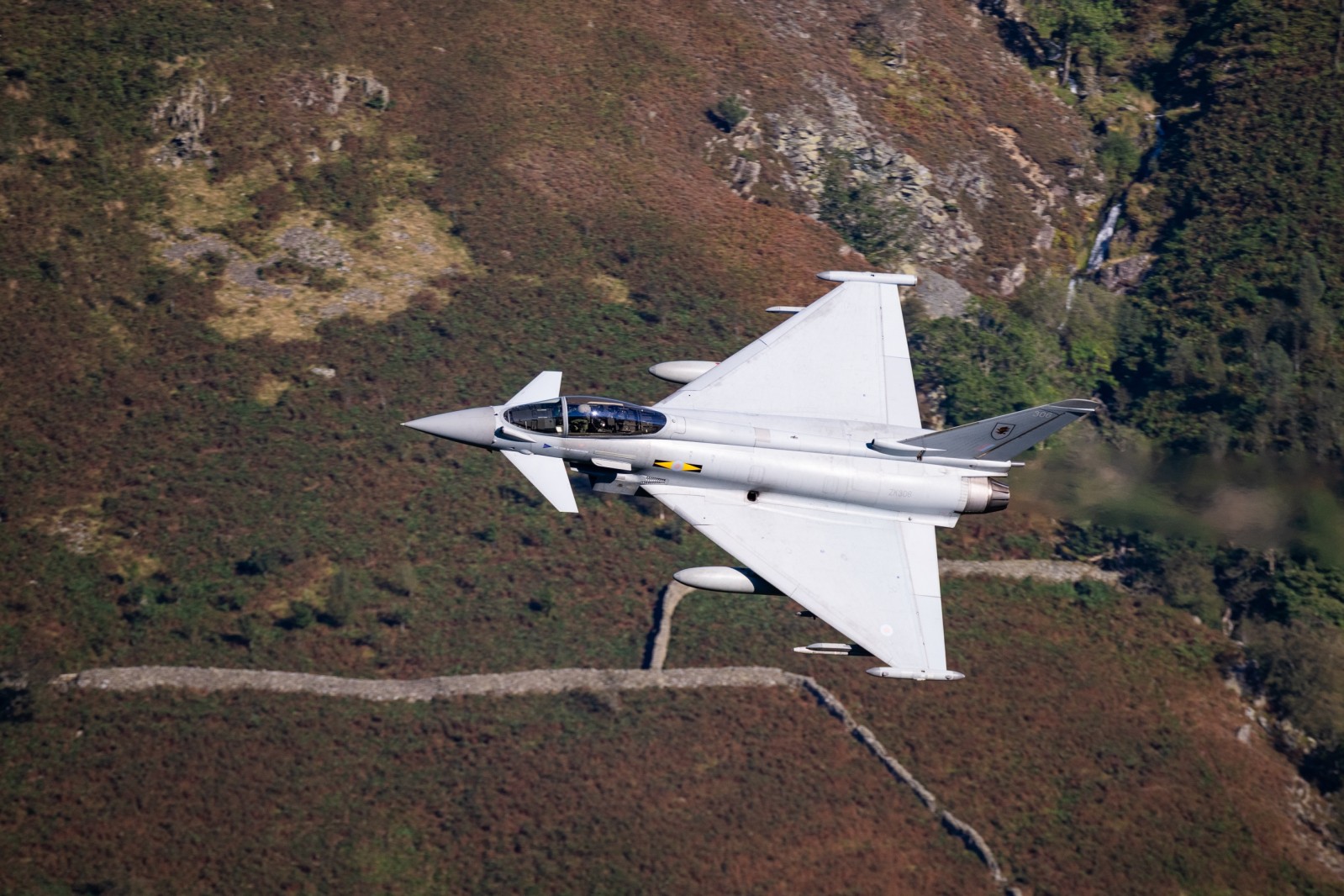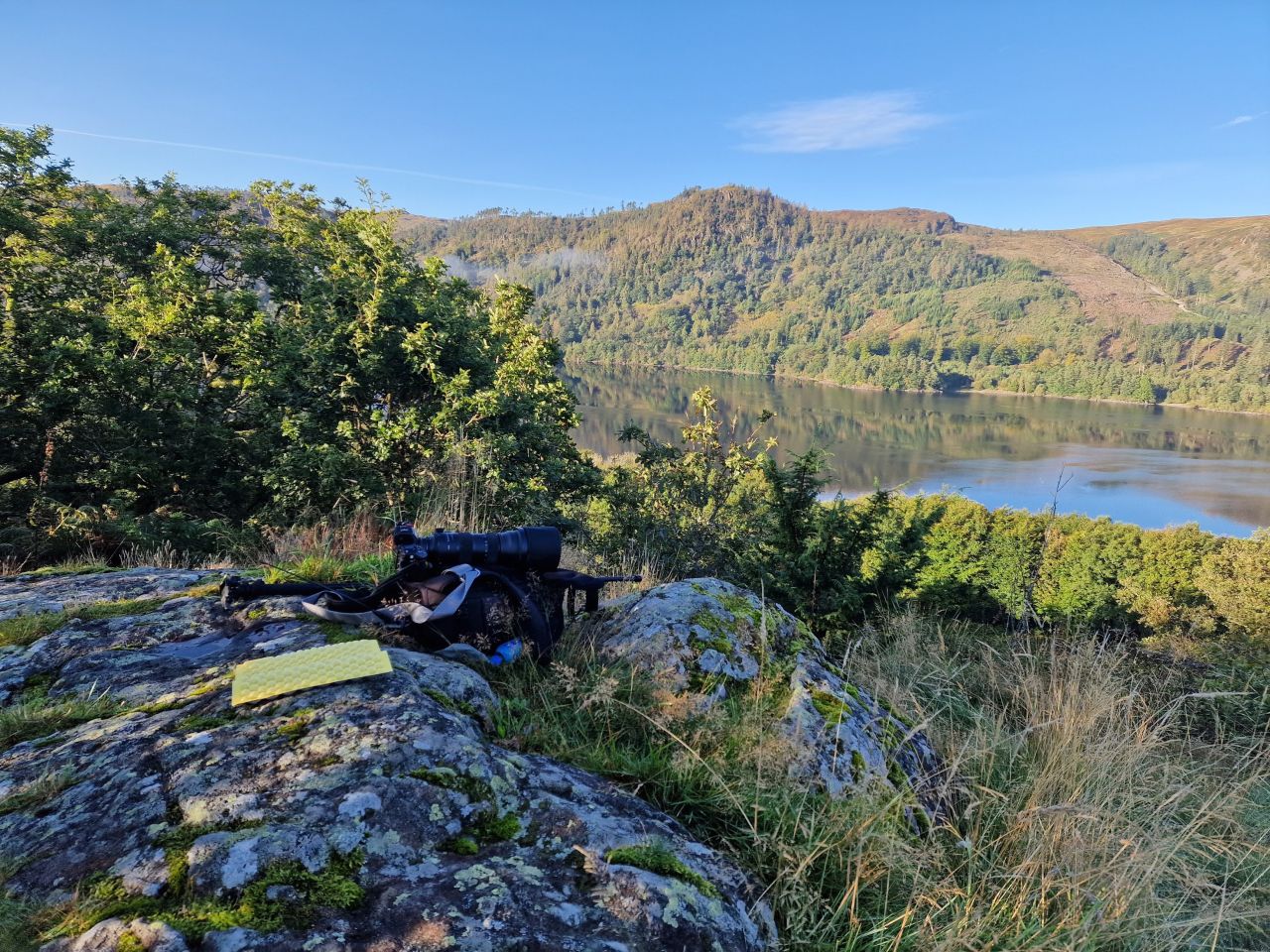Shooting low-level flying in The Lake District (LFA 17) for the first time
I've been shooting aircraft at airshows for well over a decade. I'd always planned to go to the Mach Loop in Wales or the Lake District to shoot some low-level flying.
For some reason, it took me until September this year to go!
In this post, I'll go over a few days of low-level shooting and what I learned.
The Lake District (LFA 17) low-level flying area
The UK is divided into several low-level flying areas (LFA). The Lake District is LFA 17, allowing aircraft to fly through designated corridors at low levels.
This area is frequently visited by the RAF and USAF in various aeroplanes and helicopters.
This was my first time attempting to shoot photos here, and I knew little about where to shoot, how to shoot and what to look for.
I dug through some Facebook groups and forum posts and settled on shooting around Thirlmere Reservoir, which seemed like a good spot.
Station Coppice
On my first day, I was recommended a spot for the morning called Station Coppice, which is on the east side of the reservoir.
I walked to this spot as I was staying down the road at The King's Head Inn. There is parking around this spot, and it's only a short walk up to the crag part.
This spot is ideal in the morning as the sun is behind you.
I stayed at this spot all morning but saw absolutely nothing - but this was to be expected.
There is no timetable or publically available guidance on when aircraft will be flying through.
This is a gamble you have to be prepared to make.
I cut my losses again and returned to this spot the next day, which proved to be pretty decent!
I was lucky enough to bump into another photographer that morning who was a lot more experienced, and he helped me out, showing me some other spots later.
We heard rumours that an RAF Chinook would be passing through, so I set my camera up to shoot what is a slow-moving helicopter.
That was a mistake, as not long after, two RAF Texans zoomed over, caught me way off guard and my settings were wrong!
I rushed to grab the camera and fired off some shots, but I had no time to adjust the settings!
Raven Crag
Later in the afternoon, I was shown another spot north of the reservoir, which is on the route up to Raven Crag.
It's quite a steep climb up, but well worth it. Note that the location is over to the right of Raven Crag and isn't as high up, I think it's known as "Smaith", but I could be wrong.
This spot is better suited for the afternoon as it looks directly into the sun in a morning.
At the top you get a great view over the reservoir and you can see far into the distance to get plenty of warning for any aircraft.
The great part of this location is you get to see the aircraft over the reservoir and then they go right past you when they exit.
There were quite a few photographers up their waiting for some jet action and they were all super helpful and friendly.
People debated what might be coming through from hearing various rumours and watching the traffic on radar apps.
I use 360 Radar and I spent some time looking around to see if any jets were heading our way.
I noticed a USAF V-22 Osprey was heading towards us. Funnily enough, they'd apparently been grounded, so they were unlikely to come through. But they did!
It was so cool seeing the V-22 fly so low over the reservoir.
I opted to shoot at a slow shutter speed to try and get a panning shot, so the background was blurred. I managed at 1/160, which just about worked, given it was flying quite slow.
A bit later, another Texan came through, but it opted to exit early, pulling up before it went past us.
We spotted a Typhoon heading our way on the radar and also heard the pilot on my scanner, which I'd also brought with me.
A few minutes later, a pair of Typhoons came through low over the reservoir.
As this was my first time shooting low-level and using the Nikon Z8 for aviation, I went for the safe option, set a high shutter speed, and used auto-ISO.
It's an absolutely incredible sight, and the sound is just as good. This one was a Typhoon GR4 from 29 squadron based at RAF Coningsby.
I would have been more than happy with that for the day, given the previous day.
We waited around chatting, and suddenly, there was a loud bang!
I looked up to the right, and the noise turned out to be from the canopy of a base jumper!
It appears Raven Crag is a spot used by base jumpers. There was another jumper shortly after.
Luckily, they got their jumps done before another pair of Typhoons came through!
For the first jet, I went fast on the shutter speed again to get the shot.
For the second, I was going to attempt a panning shot with a low shutter speed (like the V-22 shot) to add some movement. Well, I failed with that and ended up shooting at an even faster shutter speed - amateur hour!
After that, it was getting pretty late, and everyone decided to pack up - but what a day!
I had planned to go back out again the next day, but unfortunately, I came down with a sickness bug and had to go home.
Camera equipment
I shot with a Nikon Z8 and a Sigma 150-600 Sport f/5-6.3 with an FTZ adapter.
I used the aircraft subject detection on the Z8, which was very good - shooting at 20fps in RAW.
For focal lengths, I found the 150-600 ideal, but anything over 300mm would suffice.
Tips for shooting low-level in the Lake District
I'm a complete novice when it comes to this stuff, but from my couple of days of experience, I can give the following tips:
- Check the weather - if it's a fine day, there's definitely more chance of action
- Go during the week - I don't think much low-flying happens on a weekend
- Join some Facebook low-level groups and read up on aircraft movements: Cumbria LFA17 Spotters, Mach Loop, Lake District & Low Level Photography Group, Cumbrian Aviation
- Take plenty of food, water and something to keep you entertained, as you could be out there all day
- Take something to sit on - I use a handy cheap sit mat that folds up into my camera bag
- Use a website or app like 360 Radar to get a heads-up of what's flying
- If you have a scanner, listen to the low-level frequency to get a heads-up
- Prepare for disappointment, but hopefully you'll get lucky
This article may contain affiliate links. If you make a purchase through these links, I may earn a small commission at no additional cost to you. These commissions help support the content I provide.

